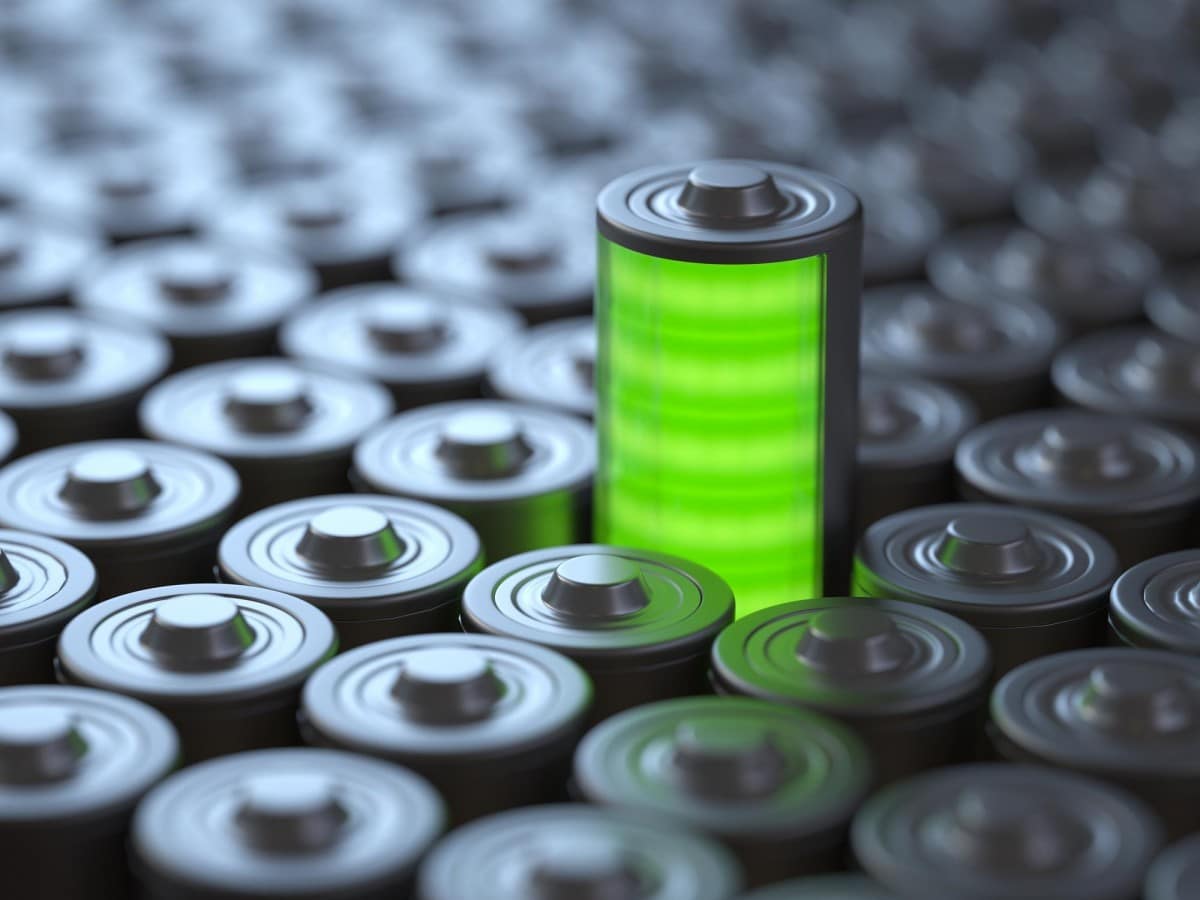EV Battery Forecast: Surge in Lithium-Ion Demand Anticipated

The lithium-ion battery (LiB) market in India is set for significant growth over the next five years, driven by increasing demand from electric vehicles, consumer electronics, and stationary storage applications. A recent report by the India Cellular and Electronics Association (ICEA) and Accenture predicts that total LiB demand will soar to 115 GWh by 2030. This surge is largely attributed to a compound annual growth rate (CAGR) of 48% in electric vehicle usage, while stationary storage and consumer electronics are expected to grow at 14% and 3% CAGR, respectively. However, the report also points out challenges related to import dependence and environmental risks.
Rising Demand and Growth Projections
The report highlights a robust trajectory for the lithium-ion battery market in India, with projections indicating a total demand of 115 GWh by 2030. The electric vehicle sector is the primary driver of this growth, with an impressive CAGR of 48%. This reflects the increasing adoption of electric vehicles as part of India’s broader strategy to achieve its Net Zero targets. In contrast, demand from stationary storage applications is expected to grow at a CAGR of 14%, while consumer electronics will see a more modest increase of 3%. The rising demand aligns with the Indian government’s supportive policies aimed at promoting clean energy, domestic manufacturing, and effective battery end-of-life management.
Challenges of Import Dependence
Despite the optimistic growth outlook, the report underscores significant challenges facing the Indian LiB market. Currently, India lacks the manufacturing capabilities for lithium-ion cell packs and the necessary mining infrastructure. This shortfall has resulted in a heavy reliance on imports for critical battery-active materials such as lithium, cobalt, nickel, and manganese. The ICEA and Accenture report estimates that the cumulative demand for these essential materials will exceed 250 kilotonnes between 2024 and 2030, leading to an import exposure exceeding $5 billion. To mitigate these risks, the Indian government has initiated several measures, including the Critical Minerals Mission and exemptions on trade duties for key minerals.
Environmental Concerns and Regulatory Measures
The report also addresses environmental concerns associated with lithium-ion batteries, particularly regarding their disposal and recycling. The Central Pollution Control Board (CPCB) introduced the Battery Waste Management Rules (BWMR) in 2022, which mandate responsible disposal and recycling of used batteries. Despite these regulations, the report reveals that approximately 39% of end-of-life consumer electronics batteries are not being collected. This highlights a significant gap in compliance and underscores the need for improved collection and recycling efforts. India’s ambitious goals under its COP26 “Panchamrit” pledge include achieving 500 GW of non-fossil electricity capacity and reducing emissions by 1 billion tonnes by 2030, making effective battery management crucial for meeting these targets.
Future Outlook and Strategic Importance
India’s ability to meet its climate goals and manage its energy transition is closely linked to the growth of its lithium-ion battery production capacity. The report emphasizes that scaling up production while effectively managing the supply chain and environmental impact is essential for the country. As the demand for electric vehicles and renewable energy solutions continues to rise, the lithium-ion battery market will play a pivotal role in India’s energy landscape. The government’s initiatives and the industry’s response will be critical in addressing the challenges of import dependence and environmental sustainability, ensuring a balanced approach to growth in this vital sector.
Observer Voice is the one stop site for National, International news, Sports, Editor’s Choice, Art/culture contents, Quotes and much more. We also cover historical contents. Historical contents includes World History, Indian History, and what happened today. The website also covers Entertainment across the India and World.
Follow Us on Twitter, Instagram, Facebook, & LinkedIn

